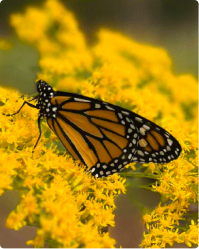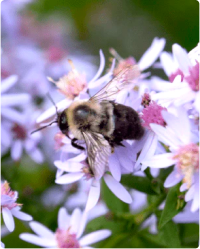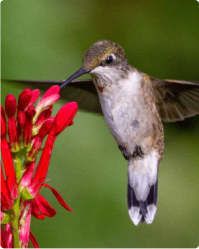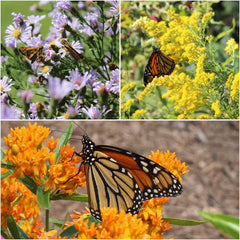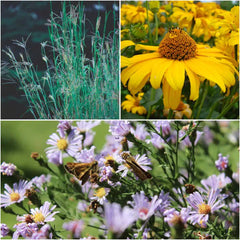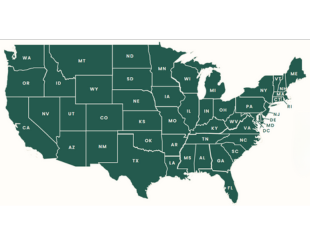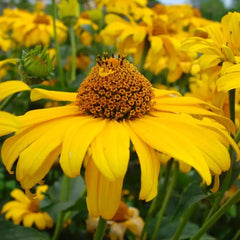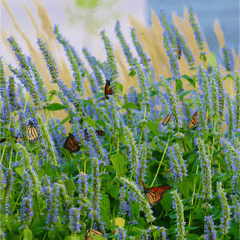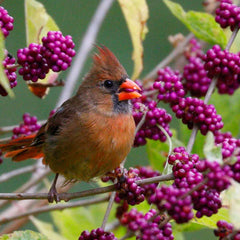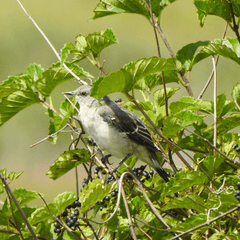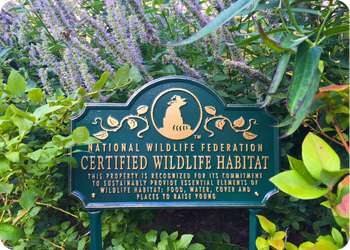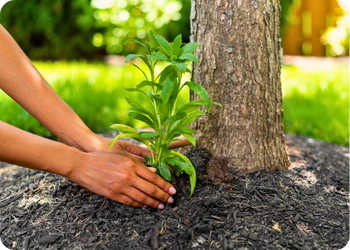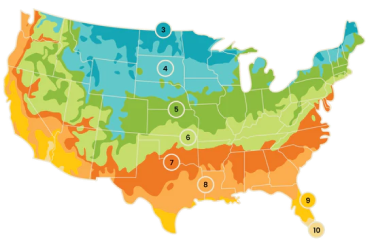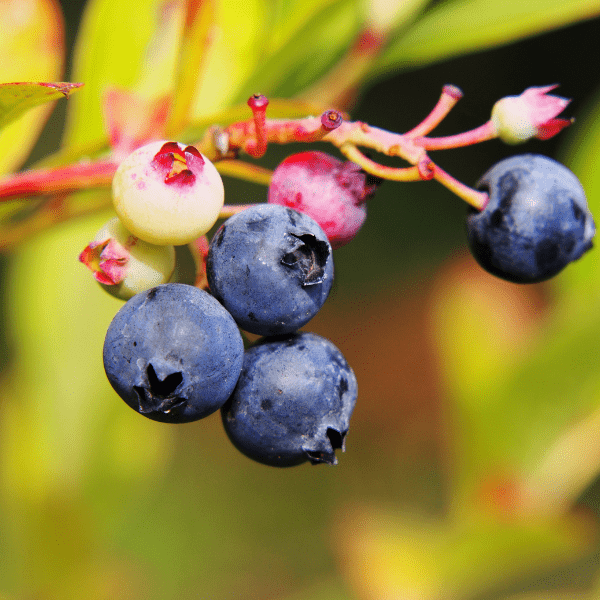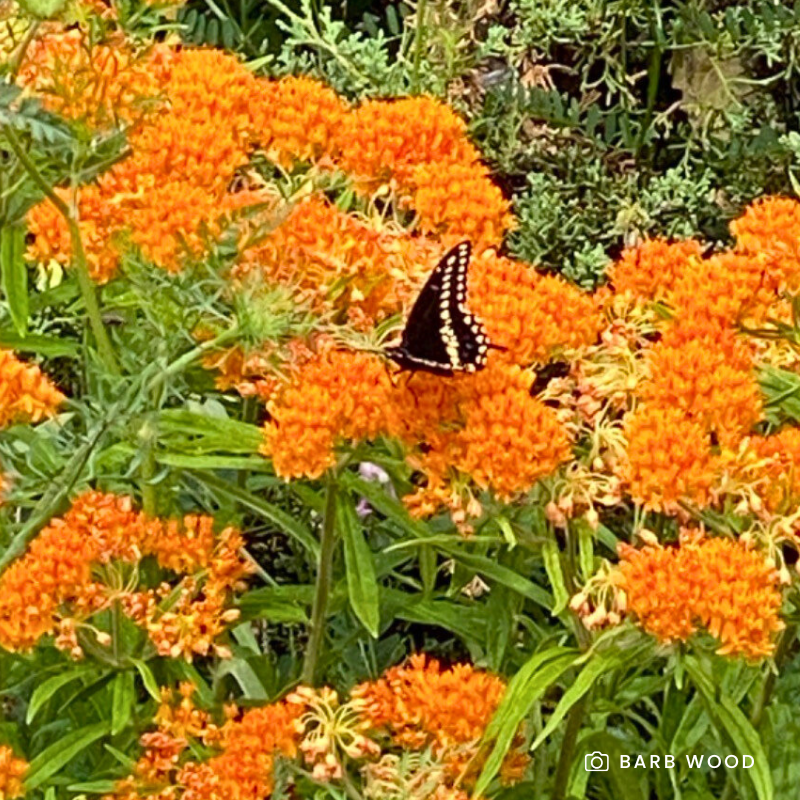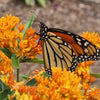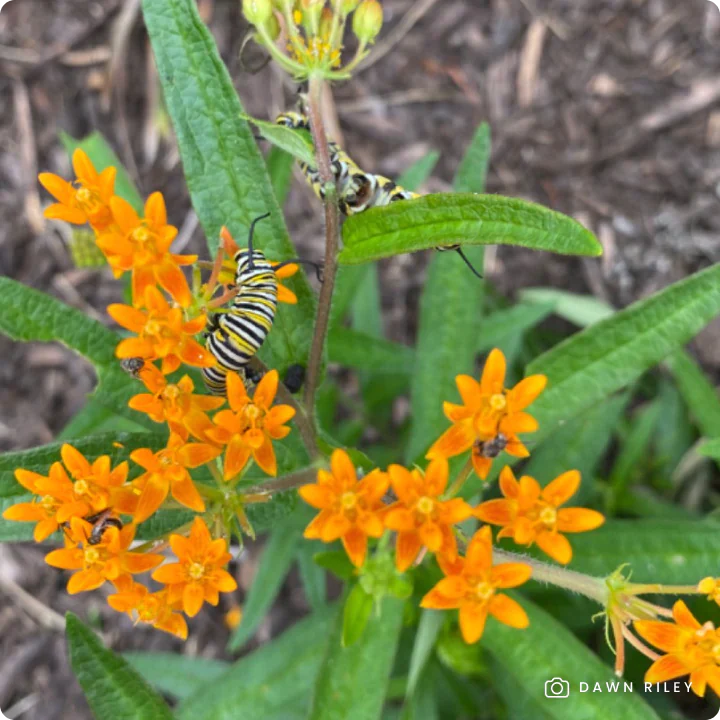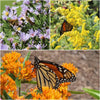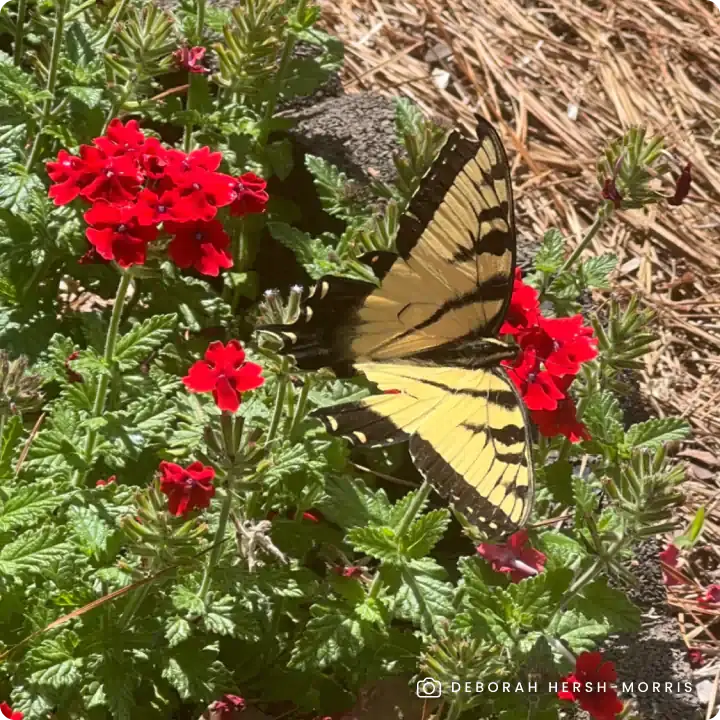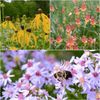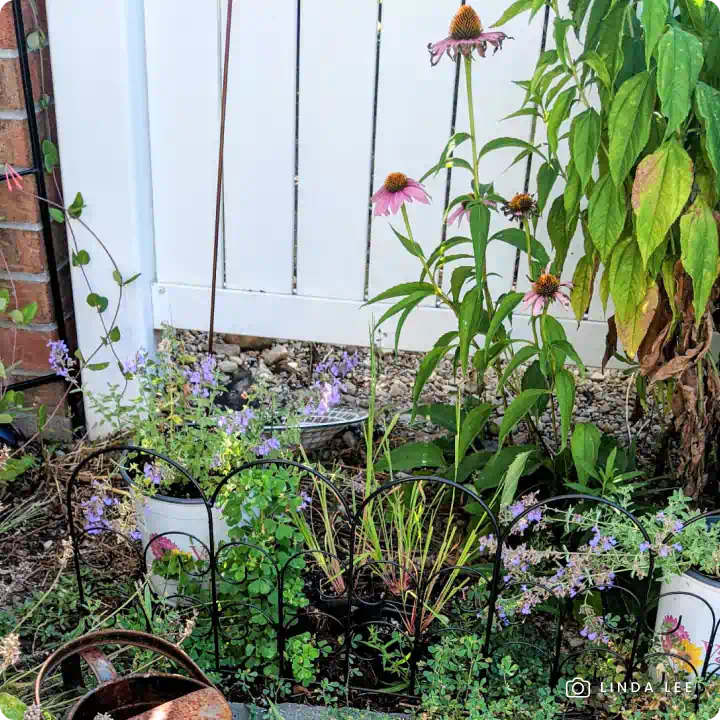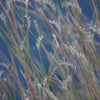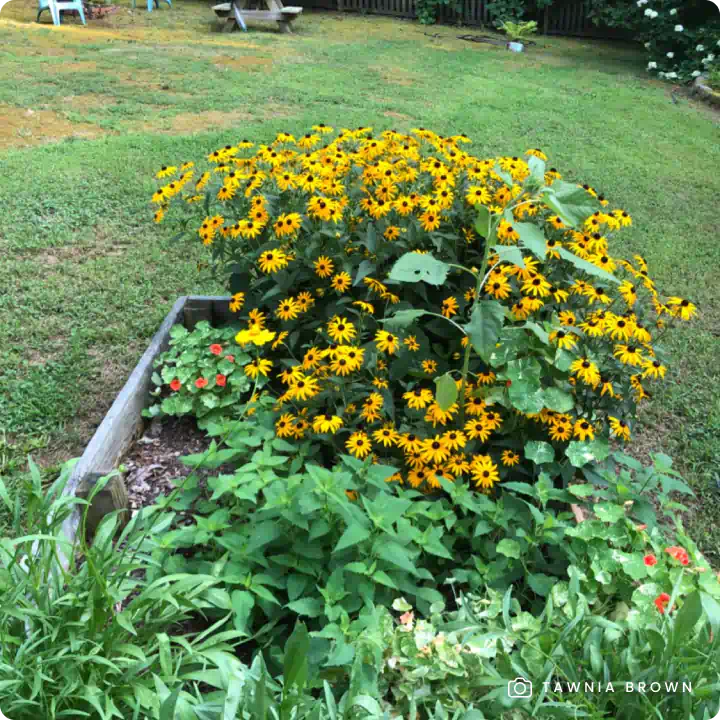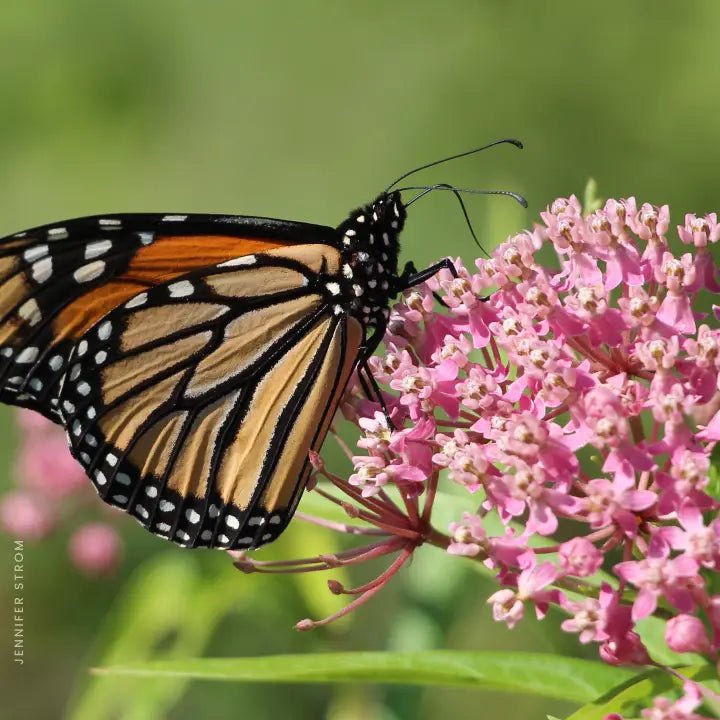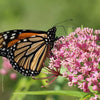Highbush Blueberry (Vaccinium corymbosum) is a versatile, multi-stemmed native shrub that offers four seasons of beauty while providing essential food and habitat for birds, pollinators, and other wildlife. Growing 6–12 feet tall and wide, this deciduous shrub features reddish-green spring foliage, blue-green summer leaves, and a brilliant display of red, yellow, orange, and purple in fall. In spring, delicate white to pink, bell-shaped flowers bloom in drooping clusters, attracting butterflies and bees. These are followed by delicious, deep blue berries that are highly sought after by both wildlife and people.
Native to wetlands, bogs, oak woods, and dry barrens, highbush blueberry thrives in moist, acidic soils and makes an excellent addition to naturalized landscapes, edible gardens, and bird-friendly habitats.
Why Grow Highbush Blueberry?
- Wildlife Magnet: Attracts 30+ bird species, including American Robins, Eastern Bluebirds, Scarlet Tanagers, Towhees, Northern Mockingbirds, and Cardinals. The berries are relished by songbirds, game birds, bears, and small mammals, while deer and rabbits browse the twigs and foliage.
- Butterfly Host Plant: Supports brown elfin butterfly larvae with nectar-rich flowers.
- Edible & Nutritious Berries: Produces sweet, antioxidant-rich berries that can be enjoyed fresh, in baked goods, or for making jams.
- Four-Season Beauty: Offers spring blooms, summer fruit, vibrant fall foliage, and winter structure.
- Self-Fertile but Better with Friends: While self-pollinating, planting multiple shrubs that bloom at the same time increases berry size and yield.
- Pollinator-Safe: Grown non-GMO and free of harmful neonicotinoids, promoting a healthy ecosystem for pollinators and wildlife.
Available in one-gallon containers to easily establish a bird-friendly, edible landscape.
Planting Tips:
-
Location: Prefers full sun to part shade in moist, acidic, well-drained soil.
- Watering: Water regularly during the first growing season to establish roots. Thrives in moist soils but can tolerate periodic drought once established.
- Spacing & Planting: Space 4-6 feet apart for individual shrubs or closer for a hedge effect. Plant multiple shrubs to maximize fruit production.
- Maintenance: Mulch with pine needles or shredded bark to retain moisture and maintain acidic soil. Prune in late winter to encourage fresh growth and berry production. Harvest berries in summer when they turn deep blue.
For more information on planting, view our How to Plant Your Native Plants guide and other planting tips in the Garden for Wildlife Learning Center.
Plant Highbush Blueberry and enjoy beautiful blooms, delicious berries, and a thriving wildlife habitat year after year!
